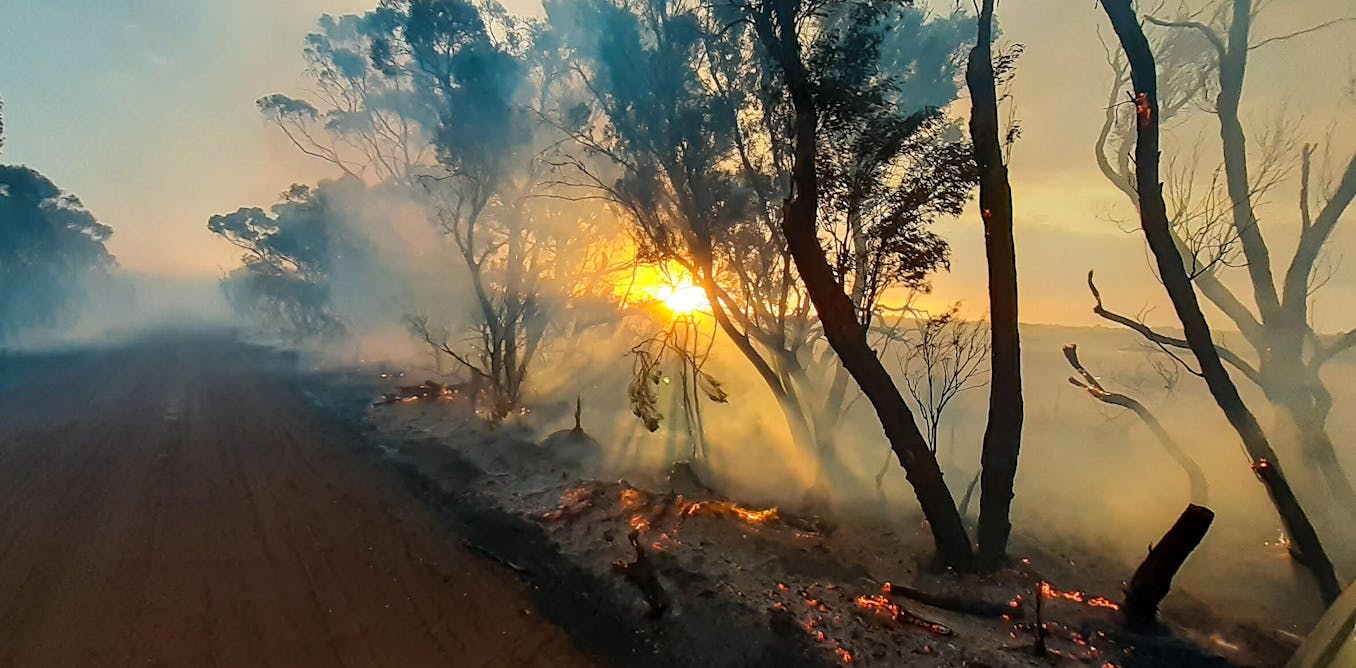BAL Report Principles: Essential Details for Homeowner
BAL Report Principles: Essential Details for Homeowner
Blog Article
Just How BAL Report Impacts Bush Fire Defense Procedures
In the world of bush fire security, the Structure Strike Level (BAL) record stands as a vital device that significantly affects the safety and durability of properties in fire-prone areas - BAL Report. The effect of a BAL analysis extends far past mere documentation; it functions as the foundation for establishing the appropriate building and construction criteria and fire security procedures required to minimize the risks positioned by bushfires. As communities come to grips with increasingly serious fire seasons, comprehending just how the BAL record shapes these protective measures becomes vital for homeowners, policymakers, and building contractors alike
Understanding the Bushfire Assault Level

Value of BAL Record Assessment

Moreover, the BAL report analysis works as a foundational step in abiding with lawful obligations and demands connected to bushfire security. Neighborhood councils and authorities frequently mandate the look at these guys submission of a see this here BAL report as part of the preparation and building approval process to guarantee that properties are appropriately safeguarded against bushfire risks. Failing to perform a complete BAL record evaluation can lead to inadequate defense actions, leaving homes susceptible to ravaging bushfire events.
Building Standards Based Upon BAL
A thorough understanding of the Bushfire Strike Degree (BAL) allows building proprietors to apply building and construction criteria tailored to their particular risk profile. Building and construction criteria based on BAL are vital in mitigating the impact of bushfires on properties. The BAL ranking classifies the prospective danger a residential property deals with during a bushfire on a scale from BAL-Low to BAL-FZ (Flame Area)
Applying Fire Security Steps
With the foundation of construction standards based on Bushfire Attack Level (BAL) in location, the emphasis now shifts towards the useful application of fire defense measures to fortify properties against bushfire threats. Easy actions consist of making use of fireproof structure products, installing coal guards on vents, securing voids in walls and roofs, and maintaining a clear space around the property free from combustible plants. By incorporating both passive and active strategies, homes can significantly decrease their susceptability to bushfire cases and boost the security of passengers.
Safeguarding Homes Versus Bushfires
Successfully securing homes against the damaging impacts of bushfires like this requires a comprehensive and proactive strategy to fire defense procedures. Additionally, sealing gaps and vents to protect against ash breach, as well as including fireproof doors and home windows, can assist fortify the home's protection against bushfires. By accepting a proactive position and incorporating these protective measures, homeowners can significantly increase their opportunities of guarding their homes versus bushfires.
Conclusion
In final thought, the Bushfire Attack Degree (BAL) report plays an essential function in determining the required security measures against bushfires. Executing fire defense actions based on the BAL report is vital in guarding buildings from potential bushfire risks.
In examining bushfire danger to properties, understanding the Bushfire Assault Level (BAL) is an essential component for implementing reliable defense actions. Generally, a clear understanding of the Bushfire Assault Degree is crucial for implementing sufficient security measures and alleviating the influence of bushfires on homes.

Report this page